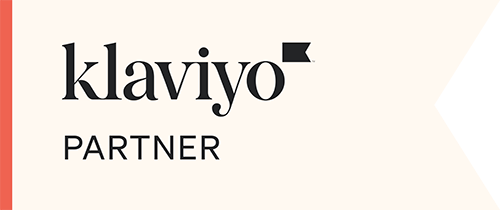There are many advertising and marketing campaigns released in India which are known for their creativity and innovation and how they have positively affected the audience. From heart-touching stories to strong social messages, these campaigns have become an imprint in the minds of consumers. In this blog, we will go through the top ten marketing ad campaigns in which consumers were highly influenced.
Here Are the Top Ten Indian Marketing Ad Campaigns:
- Amul’s Hoarding Campaign
This is one of the most popular marketing drives. Amul uses puns on the latest trends and relates them effortlessly with their products, grabbing the attention of the audience. It not just highlights the wide range of products offered by the company, but also stays in the minds of the audience.
- Tanishq’s ‘Ek Nayi Subah’ Campaign
This campaign of Tanishq was aimed at working women and sent a clear message of the necessity of self-love and self-care. The campaign focused on actual stories of women combining building a career and private lives. This created a connection between the brand and its target consumers. This campaign reflects how strategic insights of an advertising agency can do wonders for a brand.
- Cadbury’s “Kuch Khaas Hai” Campaign
Before this commercial aired, chocolate was typically associated with children, and it wasn’t common for adults to openly enjoy it. However, this ad broke away from that stereotype, normalizing chocolate consumption among adults. It introduced the idea that it’s perfectly acceptable for adults to indulge in chocolates, thus broadening the product’s consumer base. By celebrating the inner child in every adult, the ad challenged long-held perceptions and reportedly redefined Cadbury Dairy Milk’s positioning in the market. The iconic jingle “Kuch Khaas Hai” in the background was sung by the renowned Indian singer Shankar Mahadevan.
- Lays’ ‘Bhukkad Panti’ Campaign
This campaign was one of the kinds of creative marketing that used user-generated content as a weapon. This campaign made people post funny habits, such as doing a weird dance while cooking. Thus, it helped the brand’s recognition and the products. This Ad campaign demonstrates the interactive approach of an advertisement company.
- Surf Excel’s ‘Daag Acche Hain’ Campaign
The campaign focused on showcasing how children embraced getting dirty while helping others, portraying stains as a symbol of good deeds rather than something negative. It’s the combination of children and a disruptive message calling dirt good that did the magic for the brand.
Also Read: Top 5 Things To Consider When You Choose An AD Agency

- Tata Tea’s ‘Jaago Re’ Campaign
Tata Tea’s ‘Jaago Re’ campaign pushed consumers to be more mindful and proactive about societal issues. It conveys that Tata Tea is a responsible brand that cares about the community and that worked wonders for the brand.
- Airtel’s ‘Har Ek Friend Zaroori Hota Hai’ Campaign
This campaign is a fresh idea showing friendship’s role in our lives. The campaign included a group of people showing what friends of different types looked like. They connected with people all over the country, such as friends who study together, friends who are like family, and so on.
- Pepsi’s ‘Yeh Hai Youngistaan Meri Jaan’ Campaign
Pepsi’s ‘Yeh Hai Youngistaan Meri Jaan’ marketing was a trending young strategy made by their advertisement making company to pay tribute to younger people, the country’s future leaders. The campaign consisted of ads illustrating the dynamism and youthfulness of new India. It depicts Pepsi as a brand that connects with the young.
- Tide’s ‘Load Kara Dala’ Campaign
This campaign was a strategy that used humour and relatability, which was a unique marketing move. The campaign ads displayed the difficulty of doing laundry, followed by Tide as the brand that can relate to daily yearnings.
- Dabur’s ‘Real Haldi, Real Benefits’ Campaign
Dabur’s ‘Real Haldi, Real Benefits’ campaign was an educational marketing strategy that promoted the use of natural and organic products and demonstrated their benefits. The advertisement in the ad campaign depicted the brand’s solid commitment and authenticity. Dabur was presented as a trustworthy and reliable brand instead of a corporate body or faceless entity.
To Wrap It Up
These Ad Campaigns have evolved the level for brands looking to connect with consumers meaningfully. The ability of the campaigns to use their power of storytelling and education has resulted in a lasting impact on the Indian marketing sphere. With an advertise agency that remains creative and adapts to constant ecosystem dynamics, we will no doubt see much more appealing and interactive campaigns developed in the next decade.





